Aging Population
The aging population is a primary driver of the Post-Acute Care (PAC) Market. As individuals age, they often require additional medical support and rehabilitation services following hospital stays. According to the U.S. Census Bureau, the number of individuals aged 65 and older is projected to reach 95 million by 2060, which indicates a growing demand for post-acute care services. This demographic shift necessitates an expansion of PAC facilities and services to accommodate the increasing number of elderly patients. Furthermore, older adults typically have multiple chronic conditions, which complicates their recovery process and increases the need for specialized post-acute care. Consequently, the PAC Market is likely to experience substantial growth as healthcare providers adapt to meet the needs of this expanding demographic.
Regulatory Changes
Regulatory changes are influencing the dynamics of the Post-Acute Care (PAC) Market. Recent policy reforms aim to improve care quality and patient safety in post-acute settings. For example, the implementation of the IMPACT Act mandates standardized data reporting across PAC settings, which enhances transparency and accountability. This regulatory framework encourages providers to adopt best practices and improve care coordination, ultimately benefiting patients. Additionally, changes in reimbursement policies are prompting PAC providers to enhance their service offerings to meet new quality benchmarks. As regulations evolve, the PAC Market is likely to experience shifts in operational practices, necessitating ongoing adaptation by providers to remain compliant and competitive. This regulatory landscape may also create opportunities for innovative service delivery models that align with new standards.
Shift to Value-Based Care
The shift towards value-based care is a pivotal driver of the Post-Acute Care (PAC) Market. This model emphasizes patient outcomes and cost-effectiveness rather than the volume of services provided. As healthcare systems transition to value-based reimbursement models, providers are incentivized to deliver high-quality post-acute care that minimizes hospital readmissions and enhances patient recovery. The Centers for Medicare & Medicaid Services (CMS) has implemented various initiatives to promote value-based care, which has led to increased collaboration among healthcare providers. This collaborative approach is likely to foster the development of integrated care pathways that improve patient experiences and outcomes. Consequently, the PAC Market is expected to grow as providers adapt to these new reimbursement structures and focus on delivering value-driven care.
Chronic Disease Prevalence
The rising prevalence of chronic diseases is a significant factor influencing the Post-Acute Care (PAC) Market. Chronic conditions such as diabetes, heart disease, and respiratory disorders require ongoing management and often lead to hospitalizations. The Centers for Disease Control and Prevention (CDC) reports that approximately 60 percent of adults in the United States have at least one chronic condition, and 40 percent have two or more. This trend necessitates effective post-acute care strategies to ensure proper recovery and management of these diseases. As healthcare systems increasingly focus on integrated care models, the PAC Market is poised to expand, providing essential services that cater to the complex needs of patients with chronic illnesses. The demand for specialized rehabilitation and transitional care services is expected to rise, further driving market growth.
Technological Advancements
Technological advancements are reshaping the landscape of the Post-Acute Care (PAC) Market. Innovations such as telehealth, remote monitoring, and electronic health records are enhancing the efficiency and effectiveness of post-acute care services. For instance, telehealth solutions allow healthcare providers to monitor patients remotely, reducing the need for in-person visits and facilitating timely interventions. According to a report from the Office of the National Coordinator for Health Information Technology, the adoption of electronic health records has increased significantly, improving care coordination and patient outcomes. These technologies not only streamline operations but also empower patients to take an active role in their recovery. As the PAC Market continues to embrace these advancements, it is likely to see improved patient satisfaction and reduced healthcare costs, ultimately contributing to its growth.


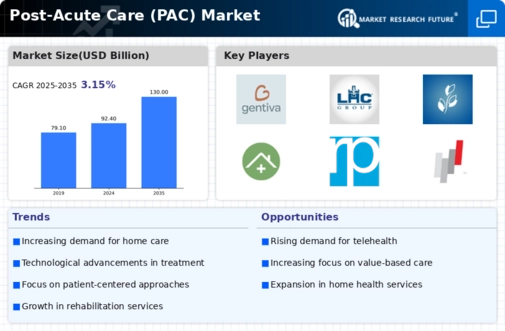
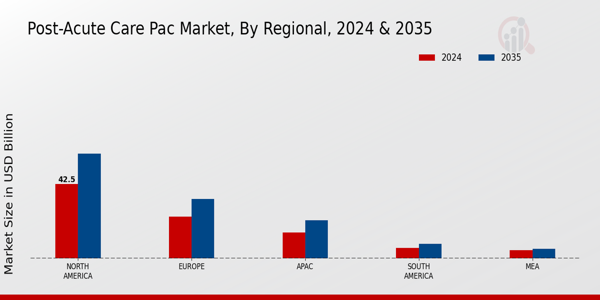

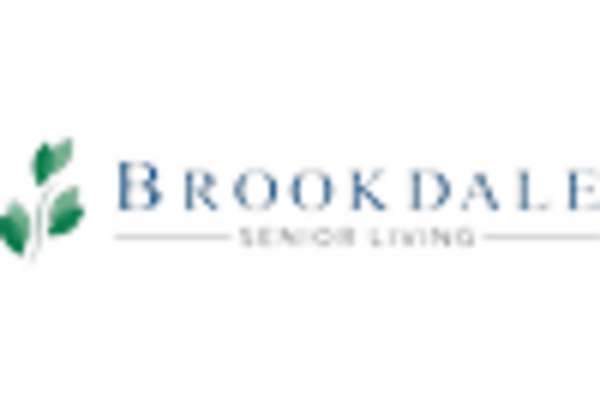
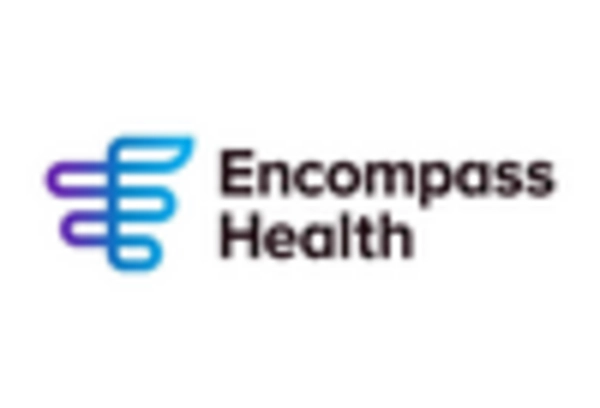
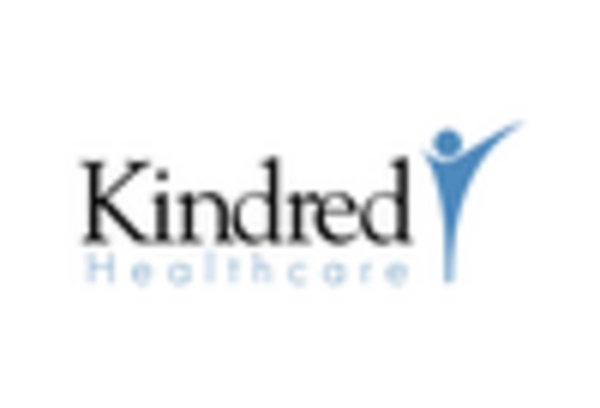










Leave a Comment